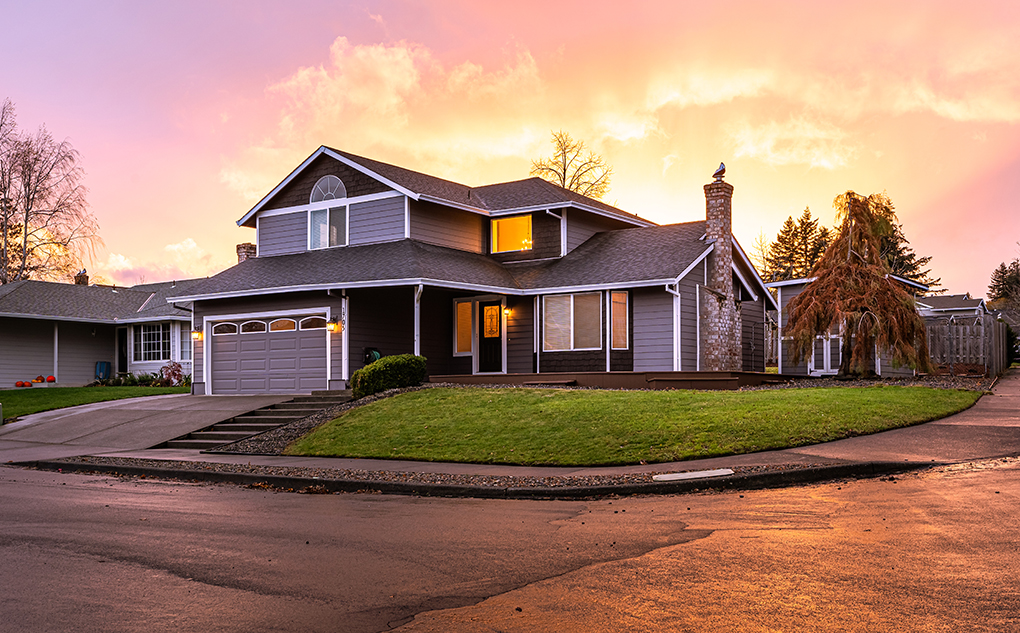The Four Types of Multifamily Development Projects That Can Still Work in 2024

What types of apartment or build-to-rent construction projects can still work right now? Not much (for a laundry list of reasons), but here are some of the deal types we still see breaking ground:
1. "The Story”
You know the ones. Every developer wants to tell a great story about a deal, but there are some stories – like a best-selling novel – that just jump off the page. It's a no-doubt-about-it home run. Something unique in an area devoid of similar projects.
It's like a project that is unique enough (either in location or design) that renters will pay the premium rents over cheaper or concession-heavy comps nearby.
2. The Low-Cost Basis
Two project types fit here: A) The developer has "free land" or the development partner might be the long-time land owner. Or B) The developer has successfully reduced its construction costs materially enough to improve yields.
Large developers with scale are laser focused right now on driving supply chain efficiencies (i.e. direct access to manufacturer for materials or multi-project bulk purchases) and in taking more of the labor (including trades) if they can do so at lower cost or produce the project faster (faster usually = cheaper).
3. The Subsidies
Oldie but a goodie. Subsidized affordable or workforce housing projects are (relatively speaking) the steady eddies of multifamily development – less upside, but reduced risk on the downside. Tapping into federal programs like LIHTC or local/state programs like PFC (Texas) and Live Local (Florida) can be slow and cumbersome. Red tape is real.
But if you can get those structures in place, the deals can work ... and right now it's often an easier sell to investors who intuitively see the logic building at lower rents with tax credits or other subsidies in place. Opportunity Zone deals can also work well.
4. The Long-Term Play
For developers who are also long-term operators (or merchant builders with an investment partner who is one), the math might be more favorable if your deal structure is less dependent on short-term return. This is why some of the REITs (and other owner/operators) are talking about development again. But you still need a lot of things to go your way for this strategy to work.
Easier Said Than Done
Every developer is trying to raise capital on the thesis that there will be a lot less supply in 2025-27 (when today's new starts would complete), but for a lot of investors, they're more interested in waiting out potential lease-up distress amongst the current wave of projects than investing in the next wave of ground-up development.
And of course: There are a lot of reasons why multifamily starts are down 40-50% this year compared to 2022, most notably the high cost of debt and flat/falling rents. The drop in starts would likely have been even more severe if not for the fact that many projects started earlier in 2023 had been mostly planned and funded back in 2022.
The consensus view is starts will remain limited (and perhaps drop further) in 2024, but they won't evaporate entirely.
Some deals will still break ground, and many will check one of the boxes above.






